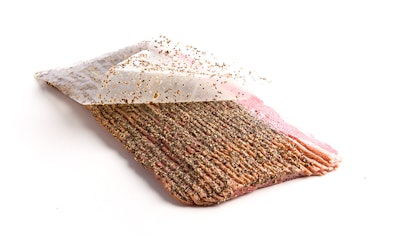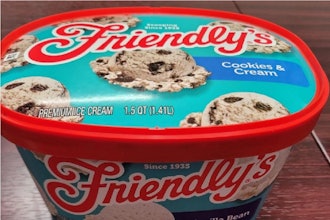
Change is inevitable, so why resist it? The food processing industry is constantly evolving and it can be challenging for processors to keep up. While new advancements and regulations are introduced, it is also important to evolve and refine processing operations to maximize efficiencies, reduce costs and increase profitability.
To-date, oftentimes these efforts are conducted following observing what competitors are doing: the “me too” approach to boosting operational efficiency. It’s time to stop concentrating solely on competitors and instead focus outward to gain new insights from consumers, partners, suppliers and trends in the industry. Making changes informed by several resources will give processors an edge on the competition and allow processors to lead, not follow.
Here are five steps to reshape operations, improve efficiency, enhance flexibility and promote growth.
1. Develop meaningful relationships with suppliers and partners.
Take every opportunity to cultivate mutually beneficial relationships with partners and suppliers. Discuss new methodologies being developed, which may help to address challenges and streamline processes.
Partners and suppliers can serve as a great resource to help processors achieve new levels of success. They can add great value and expertise by auditing processor operations and identifying areas of improvement, such as in packaging and seasoning processes, which may result in substantial cost savings and overall improvements in operational efficiencies.
2. Explore new packaging technologies.
Processors are often slow to accept and implement new technologies into their operations; however, processors should consider emerging technologies that require low investment and yield high returns. Packaging innovations, like netting technology, offer easy-to-implement, cost-effective solutions.
For example, continuous-roll technology allows a processor to use only the amount of netting required for the specific product instead of individual pre-cut lengths of netting, which can be wasteful and slow down production. At the point of purchase, decorative netting can also improve the look of final retail packaging and attract customers to products on the shelf.
3. Use consumer data to inform product decisions.
Manufacturers and marketers in virtually every other industry have learned the value of collecting, analyzing and acting on customer data. It is time for the processing industry to do the same. Today, processors can access useful data to better anticipate potential issues as well as opportunities, and keep their finger on the pulse by using consumer trend data to their advantage. Mining data can help processors and retailers more appropriately stock shelves and adjust production to consumer preferences.
4. Produce new flavors frequently.
Because consumers now are constantly using search engines to find and compare products and because their conversations can be monitored and joined through social media, processors have the ability to capture market data and employ it to uncover what customers prefer in terms of flavoring. Flavorings appeal to consumers of all demographics and the deli counter makes it easy for consumers to try new flavors, because the customer can control the amount they purchase. Today’s most popular protein seasonings, for example, go beyond the common spices to include sriracha, garlic, roasted red pepper, chili lime and other flavors that appeal to consumers in other foods.
Now more than ever, it is easy to change flavor profiles in the manufacturing process with seasoning sheets, casings, bags and netting, that seamlessly transfer seasoning directly to the protein. Seasoning technology eliminates the need for messy shakers or application by hand and is efficient enough to create multiple flavors in a single process.
5. Promote and highlight new flavors on packaging and labels.
When competing to be noticed on the shelf, it is important for processors to carefully consider what their packaging says about the product to consumers. If the product includes a distinct flavor profile or creative ingredients, the packaging and label provide prime real estate to showcase processor innovation and differentiate products from those of competitors.
The ever-changing marketplace requires processors to be more nimble and innovative in order to maintain a competitive edge. Assessing operational effectiveness and implementing small, yet impactful adjustments are simple ways to revamp processes and improve results.






















